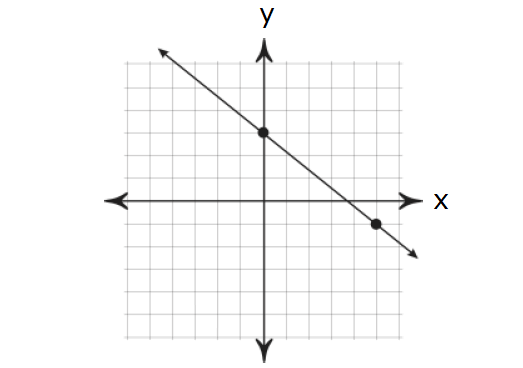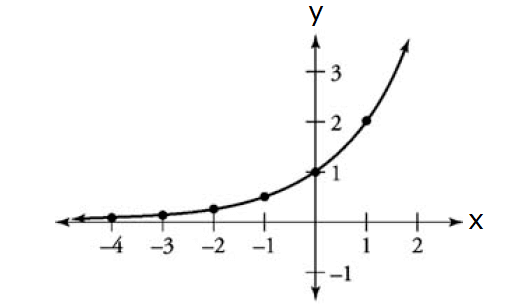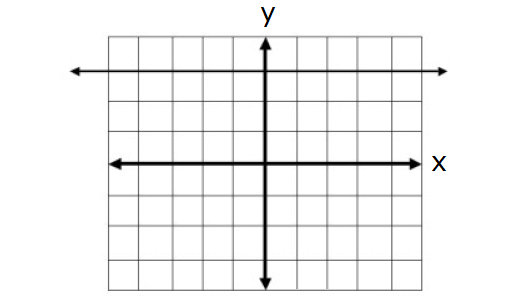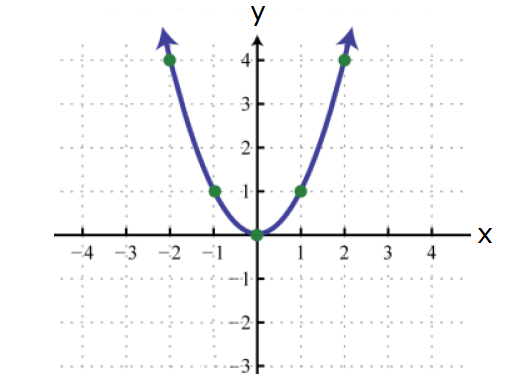IDENTIFY LINEAR AND NONLINEAR FUNCTIONS
Linear Function :
A linear function has graph that is a straight line. The rate of change between any two points is constant.
Nonlinear Function :
Nonlinear function is the function whose rate of change will not be constant. And also, its graph will not be a straight line.
We can determine if a function is linear or nonlinear by inspecting a table of values, a graph, and/or the equation.
Determine whether each table represents a linear or nonlinear function.
Example 1 :
|
x 1 3 5 7 |
y -2 1 4 7 |
Solution :
In the above table, as x increases by 2, y increases by 3. The rate of change is constant. So, the above table represents a linear function.
Example 2 :
|
x -1 1 3 5 |
y -2 6 22 46 |
Solution :
In the above table, as x increases by 2, y increases by a greater amount each time. The rate of change is NOT constant. So, the above table represents a nonlinear function.
Example 3 :
|
x 0 3 6 9 |
y 0 3 9 18 |
Solution :
In the above table, as x increases by 3, y increases by a greater amount each time. The rate of change is NOT constant. So, the above table represents a nonlinear function.
Example 4 :
|
x 0 4 8 12 |
y 4 2 0 -2 |
Solution :
In the above table, as x increases by 4, y decreases by 2 each time. The rate of change is constant. So, the above table represents a linear function.
Determine whether each graph represents a linear or nonlinear function.
Example 5 :

Solution :
The above graph is a straight line. So it represents a linear function.
Example 6 :

Solution :
The above graph is not a straight line. So it represents a nonlinear function.
Example 7 :

Solution :
The above graph is a straight line. So it represents a linear function.
Example 8 :

Solution :
The above graph is not a straight line. So it represents a nonlinear function.
Determine whether each equation represents a linear or nonlinear function. Remember that all linear functions can be written in the slope-intercept form, that is y = mx + b.
Example 8 :
y = 5x + 2
Solution :
The above function is in slope-intercept form.
So, it represents a linear function.
Example 9 :
y = 3(x - 4)
Solution :
The above function can be written in slope-intercept form.
y = 3(x - 4)
y = 3x - 12
So, it represents a linear function.
Example 10 :
y = x/2 + 5
Solution :
The above function can be written in slope-intercept form.
y = x/2 + 5
y = (1/2)x + 5
y = 0.5x + 5
So, it represents a linear function.
Example 11 :
y = 2/x - 3
Solution :
The above function cannot be written in slope-intercept form.
So, it represents a nonlinear function.
Example 12 :
y = -5x
Solution :
y = -5x
y = -5x + 0
The above function is in slope-intercept form.
So, it represents a linear function.

Kindly mail your feedback to v4formath@gmail.com
We always appreciate your feedback.
©All rights reserved. onlinemath4all.com
Recent Articles
-
Digital SAT Math Problems and Solutions (Part - 146)
Apr 18, 25 06:52 AM
Digital SAT Math Problems and Solutions (Part - 146) -
Logarithmic Derivative Problems and Solutions
Apr 16, 25 09:25 PM
Logarithmic Derivative Problems and Solutions -
Digital SAT Math Problems and Solutions (Part - 145)
Apr 16, 25 12:35 PM
Digital SAT Math Problems and Solutions (Part - 145)

